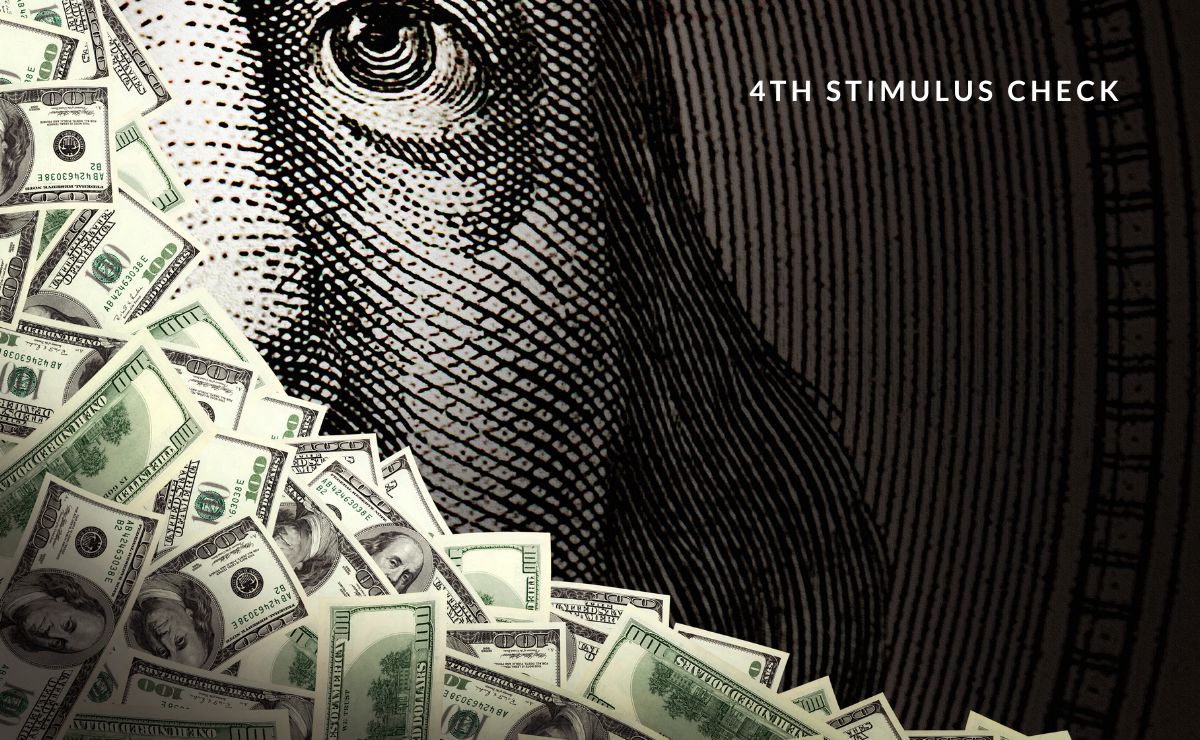The Internal Revenue Service (IRS) is poised to roll out the much-anticipated fourth stimulus check, a lifeline for eligible residents of the United States. This fourth round of stimulus checks, varying from $250 to an impressive $3,200, is expected to provide much-needed relief to individuals grappling with economic challenges. While the exact distribution date remains undisclosed by the IRS, it’s worth noting that nearly half of the states, a total of nine out of twenty, have already initiated payouts. So, if you’re curious about the potential worth of your fourth stimulus check and the timing of its arrival, read on for a comprehensive overview.
IRS Fourth Stimulus Check: Eligibility, Amount, and More in the United States
The journey of stimulus checks commenced in 2020 with the issuance of the first check under the Coronavirus Aid, Relief, and Economic Security Act. Second check in 2021 via the Tax Relief Act, and the third check, facilitated by the American Rescue Plan, also in 2021. Fast forward to the present, and the fourth stimulus check is scheduled to be disbursed in 2023. However, receiving this boost to your finances hinges on your residential state.
As for the fourth stimulus check, the projection is remarkable—it’s expected to reach up to $3,200. This round, often referred to as inflation-adjusted stimulus checks, aims to provide eligible residents with financial relief to help counteract the escalating costs of necessities like food, transportation, and healthcare services.
Check Your Eligibility Status for the Fourth Stimulus Payment Now
Are you wondering if you qualify for the fourth stimulus check, which can range from $200 to $1,700? Here are the criteria for eligibility for individuals residing in states that meet the requisites:
- Individuals must maintain an Adjusted Gross Income (AGI) below $75,000.
- For head of household filers, the AGI threshold is up to $112,500.
- Couples filing jointly should have an AGI that doesn’t exceed $150,000.
Even if your AGI surpasses these stipulated thresholds, there’s still a chance for partial payment eligibility. For a more comprehensive understanding of these eligibility criteria, it’s advisable to consult the official IRS website at irs.gov.
How to Calculate the Worth of Your IRS Fourth Stimulus Check
The value of the fourth stimulus check exhibits a fascinating variety across different states. Let’s delve into some specific amounts for selected states:
- Alaska: $3,200
- California: $1,500
- Colorado: $1,500
- Delaware: $300
- Florida: $450
- Georgia: $250
- Hawaii: $300
- Idaho: $600
- Illinois: $975
- Indiana: $325
- Maine: $975
- Massachusetts: $250
- Minnesota: $488
- New Jersey: $975
- New Mexico: $500
- Oregon: $600
- Pennsylvania: $975
- Rhode Island: $975
- South Carolina: $975
- Virginia: $250
It’s important to note that the actual value will be contingent upon your Adjusted Gross Income (AGI). The sums mentioned above represent the maximum payments that eligible individuals in those specific states might receive.
State-Specific Distribution
Eligible recipients of the stimulus checks will have the funds distributed by their respective state’s Department of Taxation and Finance or Revenue. To gain more insights and detailed information, be sure to explore the official tax department website for your state.
In a few specific states “Florida, Georgia, Michigan, Tennessee, and Texas” educators are also in line to benefit from the fourth stimulus check. The range of these checks for teachers is anticipated to be between $500 and $1,000, providing a well-deserved boost to those who play a crucial role in shaping the future.
What is the maximum amount I can receive from the fourth stimulus check?
As of now, there is no specific legislation on the table supporting a fourth stimulus check. Therefore, the exact amount of a potential fourth stimulus check is not yet determined. However, if it were to happen, it would probably look similar to the previous checks.
For reference, the first stimulus check was up to $1,200, the second was $600, and the third was up to $1,400 per person. The full amounts for all three checks were given to taxpayers who made up to $75,000 a year, according to their most recent tax returns, or couples filing jointly with a joint total income of $150,000 or less. The payment amounts were reduced for filers with incomes above those levels.
There have been some petitions and proposals suggesting recurring stimulus payments of $2,000 per month, but these are not yet part of any formal legislative proposal.
It’s also important to note that while a fourth federal stimulus check is not currently expected, some states have issued their own stimulus payments. For example, as part of Governor Gavin Newsom’s “California Comeback Plan,” California is sending $600 checks to those earning less than $75,000, with an additional $500 per child.

